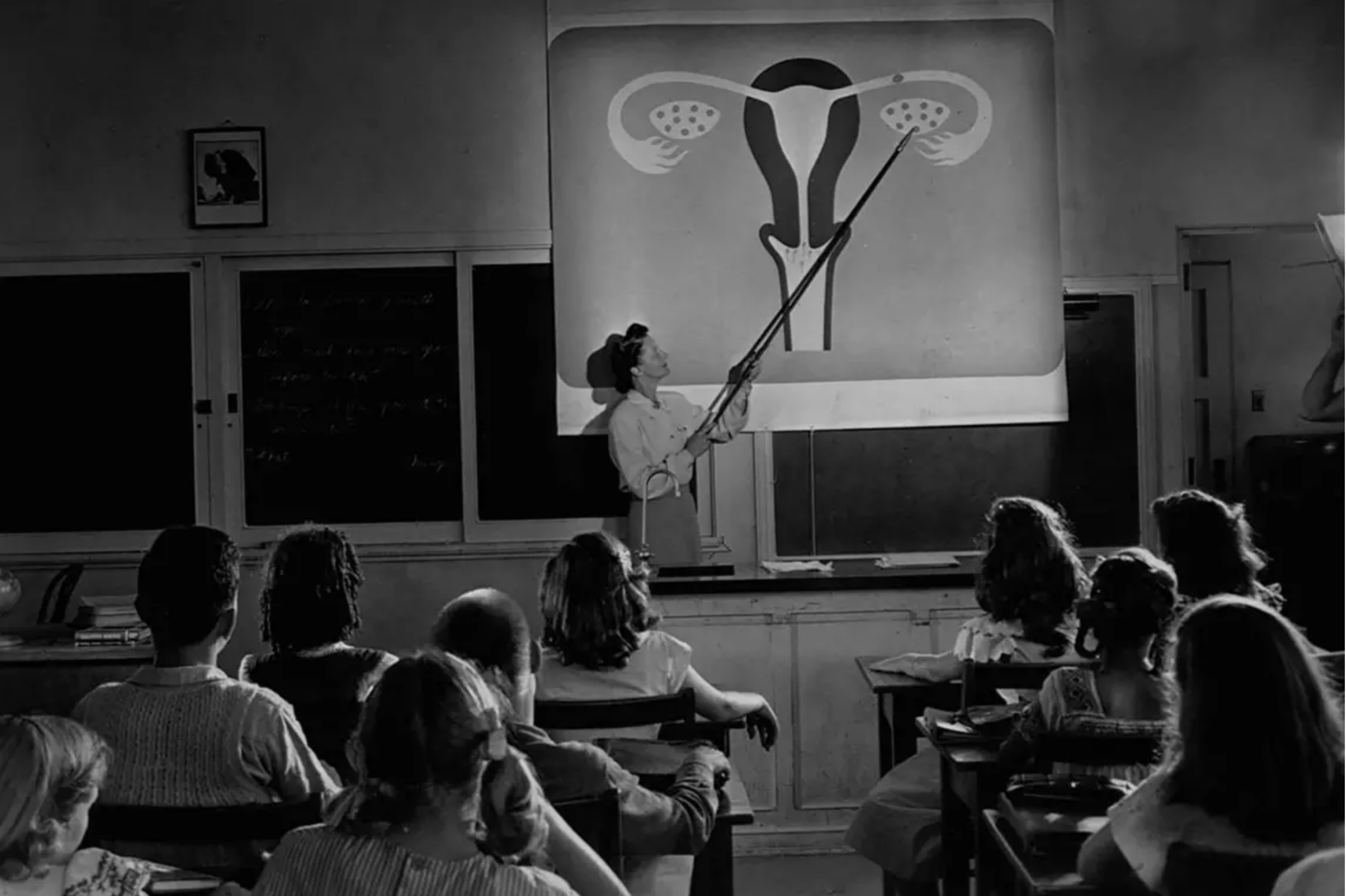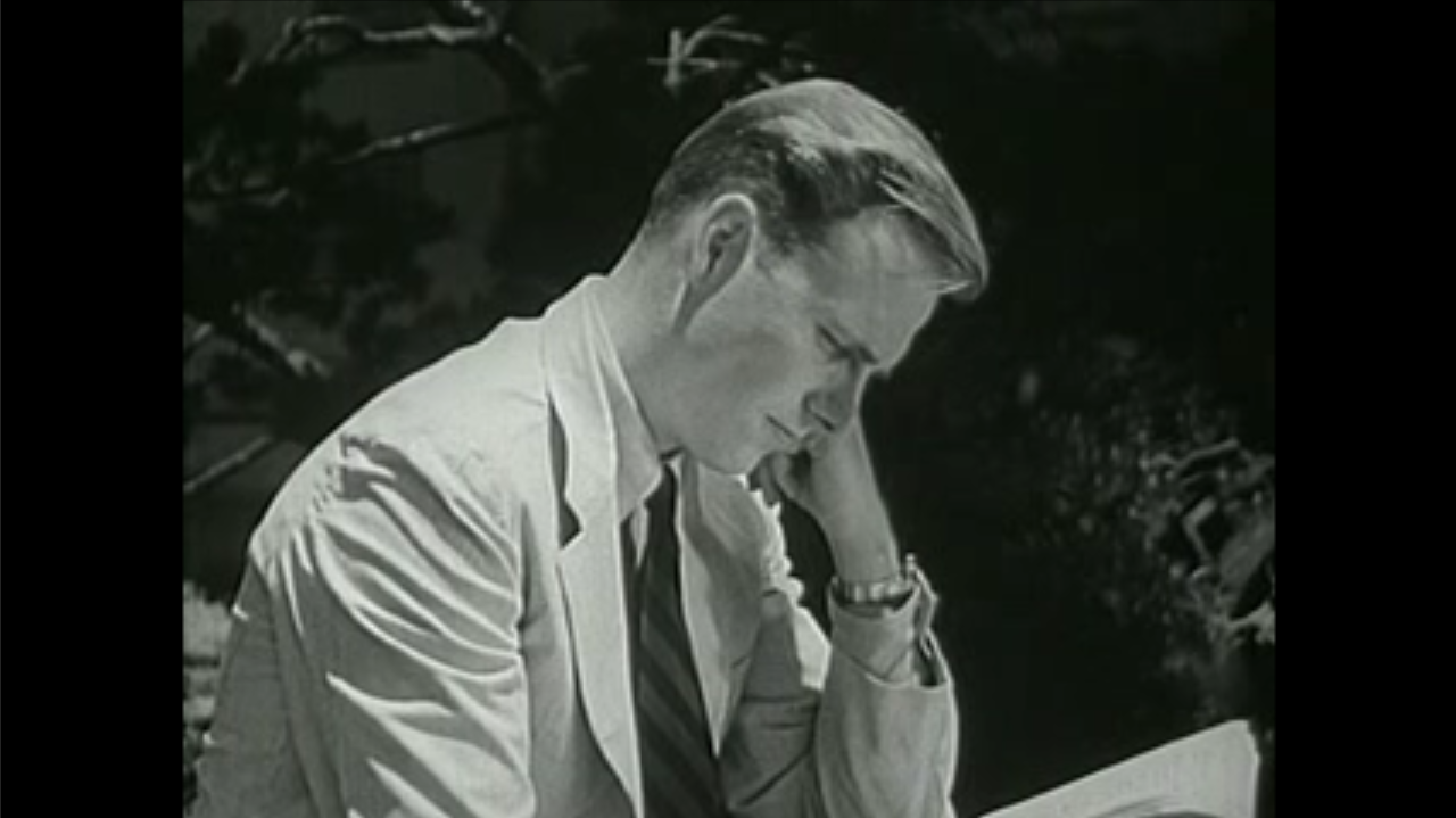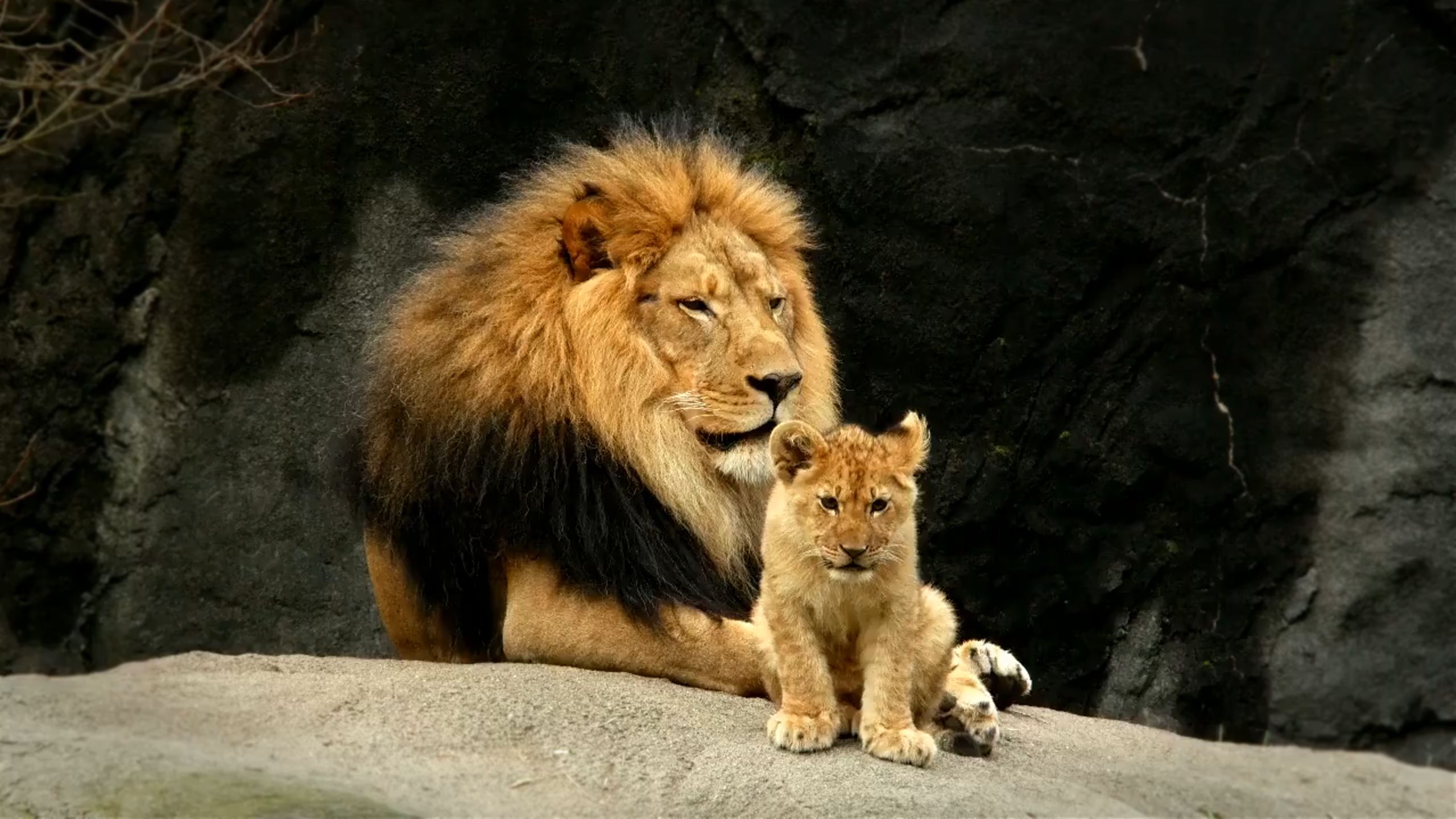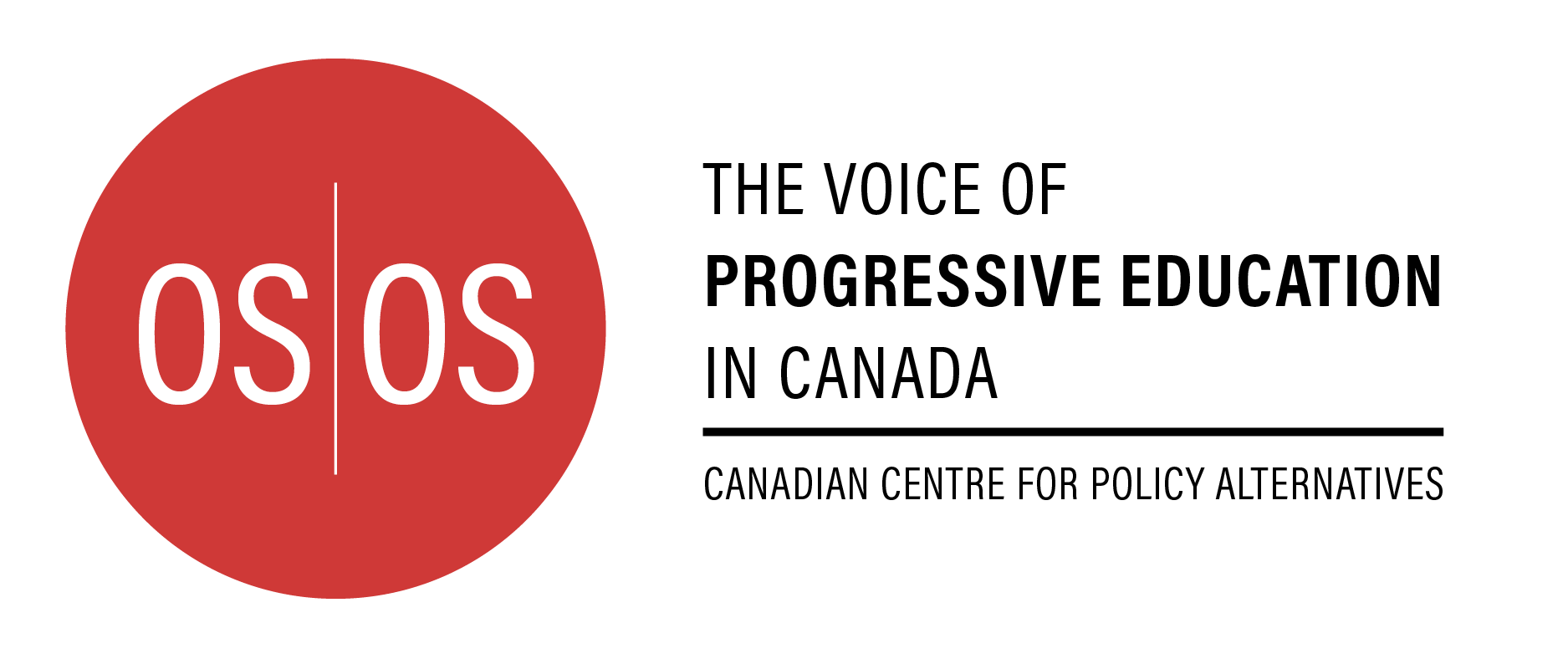‘We shouldn’t “get used to” harassment’
Talking with kids about sex, consent, and healthy relationships

When I think back to how I was taught sex ed, I remember my grade 7 phys ed teacher perched awkwardly on her desk, fiddling with the oversized bow on her blouse (it was the 80s) and calling us “ladies” far more than she usually did. I remember blue mimeographed diagrams of a uterus and ovaries. I remember another teacher (was it in grade 9?) bringing in various forms of birth control for us to gingerly examine.
But I learned nothing about same sex relationships or gender identity. Nothing about sexual assault, harassment, bullying, physical autonomy, consent. The focus was almost exclusively on puberty, menstruation, heteronormative sex, and pregnancy. And while there was some perfunctory discussion of body image and advertising, there was—obviously—nothing about the role of social media. Because, again, it was the 80s.
In 2015, after an extensive consultation process, the Ontario Liberal government introduced the newly updated health and physical education curriculum which was welcomed by many who recognized the current version—from 1998—was outdated, particularly where sex ed. was concerned. The revamped version addresses, among other things, the growing influence of social media, as well as greater awareness of gender identity, sexualities, and LGBTQ rights. Consent was included in response to a campaign and petition led by two grade 8 girls who insisted that ‘the curriculum needs to teach what clear, enthusiastic, and affirmative consent is and what it looks and sounds like.’
Social conservatives pounced, deeming this rewrite evidence of a “radical” agenda that would introduce kids to sexual concepts and anatomically-correct terminology before they were ready to progress beyond terminology like “private parts”. Discussion of what was actually in the curriculum, however, rather than what social conservatives claimed, or were simply worried about, remained vague.

But regardless of what was there; regardless of the difference between a teacher “prompt” (which provided optional talking points to respond appropriately to student questions) and the actual text of the curriculum, and certainly regardless of what kids are actually dealing with, or want to know, the topic became a cornerstone of the Conservative leadership campaign, and of Doug Ford’s leadership bid: "For too long the Liberals have ignored Ontario parents…They have introduced the sex curriculum based on ideology—a curriculum that teaches sensitive topics starting at an early age.'' And when he was elected Premier—due in no small part to the support of the very socially conservative candidate Tanya Granic Allen—he announced that he would be scrapping the curriculum and going back to the 1998 version (though there’s been some backtracking on what that might look like, following a massive public outcry). Newly minted Education Minister Lisa Thompson explained that the promised re-rewrite would ensure “every Ontarian has an opportunity to provide feedback”, which effectively means a provincial plebiscite on how and what kids learn about health, sex, identity and bodily autonomy. And until that process is completed, Ontario schools will go back to using the most out of date health and phys ed. curriculum of all the provinces.
Personal discomfort with the topics of sex and sexuality, a general lack of trust in young people, or simply a loss of parental control over what kids learn, and when they learn it—bolstered by a social conservative ideology—seems to be at the root of much of the misinformation circulating about the updated curriculum.
But there’s a distinct contradiction in simultaneously feeling that kids are “too young” to learn about “all that”….and worrying that the moment they learn about any of “that” they’ll become wildly, insatiably sex-obsessed. As opposed to just….more knowledgeable about sex as both biology, and as something that is deeply entwined with who we are and how we understand and feel about ourselves and others.

I know my schooling (to say nothing of my parents) fell short when it came to teaching me about sexual and reproductive health, even as a purely biological process. As a pre-teen and teen, I was told the best defence against sexism and harassment was to simply ignore it. If someone snapped my bra strap or flipped up my skirt, it just meant he liked me, and I should take it as a compliment, even if I found it humiliating. (Or maybe it meant that I was being too flirtatious and should consider adjusting my behaviour.) Like so many of my friends, I grew up learning how to stop my ears from hearing the derogatory comments, and getting used to the utterly disempowering feeling of being treated as a series of body parts while walking in the school hallways or in the mall.
This is not something I want my kids to grow up thinking is “normal”.

So, as parents of children in middle school, we spent a great deal of time this year trying to figure out how to support our kids as they demanded respectful classrooms, and worked with the school for better resources to help them address sexism, homophobia, and questions they had about sexual and reproductive health.
The thing about kids is, they’re smart. They’re immersed in this world. And if you listen, they have a lot to say about what they think would work. Which is good. Because we have a lot to learn.
Toward the end of June I sat down with a group of friends, all in their final week of grade 7 (and after the Ontario election) at an urban middle school in downtown Ottawa, to talk about sexism and harassment and casual misogyny and homophobia inside and outside of their school; about the role they think schools and teachers should play in helping them confront it; and the importance of sex ed. and other resources to equip them in supporting themselves and each other, and pushing for safe and respectful classrooms and communities. It was eye-opening.
People think the catcalling stopped because we stopped talking about it. But it hasn’t.
Early in the year, when the kids first encountered catcalling in the halls at school, and more generally in the community, their immediate instinct was to tell someone so that it would be stopped.
But one of the boys I spoke with expressed surprise that he was unaware—until the school organized assemblies on the issue—casual sexism and catcalling was still being experienced by girls in his class at the end of the year.

The girls reiterated that they shouldn’t have to ‘get used to’ harassment, and they wondered if it would stop if the consequences were more serious. The boys agreed that seeing friends do it without real consequence might be providing some kids with an incentive to do it themselves without fear of reprisal.
There was also a fascinating discussion of how they would react if a friend catcalled—that is, how they would like to think of themselves reacting, compared to how they might react in the actual moment, faced with the prospect of calling out a friend in public.
If you yell it’s an overreaction, but if you ignore it you feel like you’re not sticking up for yourself. You feel…stuck.
What didn’t become normalized was how catcalling, regardless of how frequently they experienced it, made the girls feel: it's “so awful and disgusting. You feel very shocked and you don’t know what to say. It’s hard to explain.” It resulted in them second-guessing their instinct to push back and “stand up for themselves”. I wondered if the internalizing of “maybe he likes you” or “just ignore it” that my generation was explicitly raised with was resulting in the girls’ concern that they might be making too much of something that, in the words of one girl, “makes you feel really small”.
I want to see a movie where [what's considered 'normal' is] flipped, where you’re told you’ll go to hell if you’re straight. That’s what I’d like to see.
The degree to which casual sexism and homophobia was present in their daily lives was also discussed with anger and frustration.
A boy who did not express interest in a girl who had a crush on him was called gay by his classmates.
Certain dance moves? Gay ("my salsa's lesbian, I guess!" joked one of the girls).

The kids expressed dismay at girls tolerating sexist slurs by male friends because it was a joke: “Some girls will say ‘he called me a bitch, but we’re friends. It’s fine. He’s only teasing me.’ Girl, that’s not friendship. It’s something worse.”
They were keenly aware of the difference in how sexuality and identity was addressed in Rainbow Club, to which a number of the kids belonged. They acknowledged people joked with each other and were very open about their sexuality and sex in general, but it was clearly a safe space. When I asked if there were explicitly-stated rules of behaviour, they were unclear; when I asked if the respect and appreciation that was encouraged in Rainbow Club could be applied more broadly, they were uncertain if that was possible without an ongoing commitment to a culture of respect and consent at school.
My parents tell me if my shorts are too short I’ll get catcalled…but I get catcalled no matter what I wear.
These kids wanted educators to get involved, to make it clear that sexual harassment and sexism at school would not be tolerated. They wondered if there was a sort of generational difference of opinion about how to confront sexism, but were adamant that they wanted teachers to step in. And, more specifically, step in immediately: “I feel like guys at school catcall because they think they can get away with it.” At the same time, there was a recognition that everyone’s boundaries—not just girls’—needed to be respected.
Maybe it’s a bit awkward. But I’d rather be awkward for [a few] classes than have an STI for the rest of my life.
So, was the 2015 sex ed. curriculum helping the kids navigate these issues?
They definitely recognized that the information being provided was important and useful, and that it spoke to many of the issues and concerns they were facing.
They also liked that they could submit questions anonymously to have them answered by the teacher, and they liked that they were learning about different sexes.
One girl indicated that teachers seemed unclear as to whether they could answer certain questions.

Others indicated they would prefer sex ed. to be treated as more of a conversation. There was some recognition, though, that this could require elaborating on the curriculum (perhaps through those much maligned "prompts"), which could mean angry emails and phone calls from parents. The kids saw this as a sort of self-censorship, and somewhat counterproductive when it came to a thorough understanding of the subject.
Several kids addressed the current political context with concern: “I feel like most of us are lucky because our parents talk to us about it. But the students who don’t have that, and their questions aren’t being answered in class, what options are there?...If you’re uncomfortable talking to your parents about it…and your teachers aren’t teaching it…then who is?” One student was shocked at how someone in their class had to ask the teacher for clarification about what constituted rape and consent. Another mused about whether people could call the Kids Help Line if they had questions about sex, but acknowledged that this might not be the best solution. Someone else suggested a sex ed. help line (which, for those of us who grew up having to enhance their inadequate sex ed. with radio call-in shows like Doctor Ruth’s Sexually Speaking or Sue Johanson’s Sex with Sue, sounds familiar).
My first reaction was, it’s going to be boring, so at first I was just “let’s get through this” because I thought they were going to [beat] around the bush….then they started talking, and it was not what I expected.
To help support the kids and school community, and to augment the curriculum, parents and school administration worked together to help address sexism, consent, and safe and supportive schools. We reached out to Julie Lalonde who, along with fellow-educator Kevin Vowles (from Voices for Equity), agreed to facilitate assemblies for the grade 7 and 8 students: first boys and girls separately, and then together.
The kids were enthusiastic about the speakers and the content, and how they felt listened to throughout the assemblies: “If the person who’s talking is comfortable, it’ll make everyone else listening more comfortable. Because [they were] so open to whatever anyone had to say it made the whole experience better.” More open, less of a lecture, and more of a conversation, they said, and the kids repeatedly indicated how direct and accessible the speakers were.
Even the people who create the stereotypes [of who we’re expected to be]…they don’t fit into them…nobody actually fits into them.
The discussions facilitated by Julie and Kevin seemed wide-ranging, from stereotypes to healthy relationships to social media, from feminism to sexism to consent. “[Julie] didn’t talk down to us, she answered all the questions…she was really straightforward.” The ability of an outside speaker to not “skirt around the issue” was raised, as well as the opportunity to perhaps avoid classroom dynamics—and in the context of how teachers felt unable to stray too much from the confines of the sex ed. curriculum currently being taught, this would make sense.
‘Relatability’ of the speakers was also underscored: Julie “didn’t just speak to us, she actually listened. It was more of a conversation. She communicated well. She didn’t talk to us like we were little kids….And she made it relevant—she [incorporated] celebrities and things that were going on in our school.” The boys were especially interested in Kevin’s use of a popular online video using tea to help deconstruct and explain the concept of consent.
As the conversation continued, other points were raised—ones to which we need to pay closer attention: “Sometimes the ones who need to hear it the most are the ones who…aren’t listening.” This is, of course, fundamental: how can we be sure we’re reaching those who need to hear the message most acutely? And, particularly significantly: “It was ironic that the boys who were talking about what consent is and how awful harassment is were the ones who did it the most.” This is a remarkably astute observation, one which will resonate with women of all ages as it becomes increasingly clear that patriarchy is a cross-cutting system that “even” progressive allies (who may be very familiar with the language of consent and feminist ideals more broadly) must check themselves for.
[We need opportunities like this] definitely more than once a year.
Without a doubt, the kids appreciated the opportunity to augment their education—both formal and informal—with the resources offered by Julie and Kevin, and their approach to talking about sexuality, stereotypes, feminism, masculinity, consent, and healthy schools and communities. But they were adamant that once was not enough. “They talked about it and it was really good, but for a week. Then more people started to catcall again. They just went back to their old habits. If [people like Julie and Kevin coming in to school] was more of a normal thing, catcalling would happen less.”
The kids were very clear that one-off initiatives, while they could be helpful (and certainly much appreciated in this case), were ultimately not enough. What they wanted was for the entire school culture to eliminate hurtful and damaging behaviour and attitudes. And this clearly extended, for them, beyond a curriculum that addressed this need, to the actual apparatus of the school itself, including educators, staff and administrators. “For people to change their behaviour it has to be reinforced…It has to be a continuing conversation.”
They wanted to not have to feel like harassment was something they were expected to “get used to,” or that it was somehow their responsibility to know which kids to avoid. They wanted educators and administrators at school to put a stop to it when it happened. They were genuinely worried about kids who weren’t as well supported as they were, particularly when it came to issues of sex education, self esteem and consent. And they were worried about where they might get accurate, useful, relevant information when the curriculum was rolled back to the 1998 version in the fall, as the Ministry currently maintains it will be.
They wanted to be taken seriously, and they wanted sex education to be taught and learned in a broader context that was relevant to their lives (which includes pop culture, social media and their personal observations). They wanted teachers to be equipped to answer their questions, and have access to support and resources to ensure the content was interesting and relevant. They wanted to be addressed directly and responsibly, and they wanted their privacy respected. And they wanted to know that their comfort—and their discomfort—their safety and their health mattered to the people around them, and to those in positions of authority.
What these kids made clear is that they're looking forward to facing the challenges ahead of them together. The question is, are we going to roll back the progress and the resources they're asking for? Or are we going to build on what we’ve accomplished to help them move forward; with support, with compassion and, above all, with knowledge? And are we going to ensure that schools and educators are equipped to play their part in such an important goal?

Alisson, Cee, Graeme, Isla, Jane, Jax, Loren, Maya, Merryn, Ro and Taj
Alisson, Cee, Graeme, Isla, Jane, Jax, Loren, Maya, Merryn, Ro and Taj

